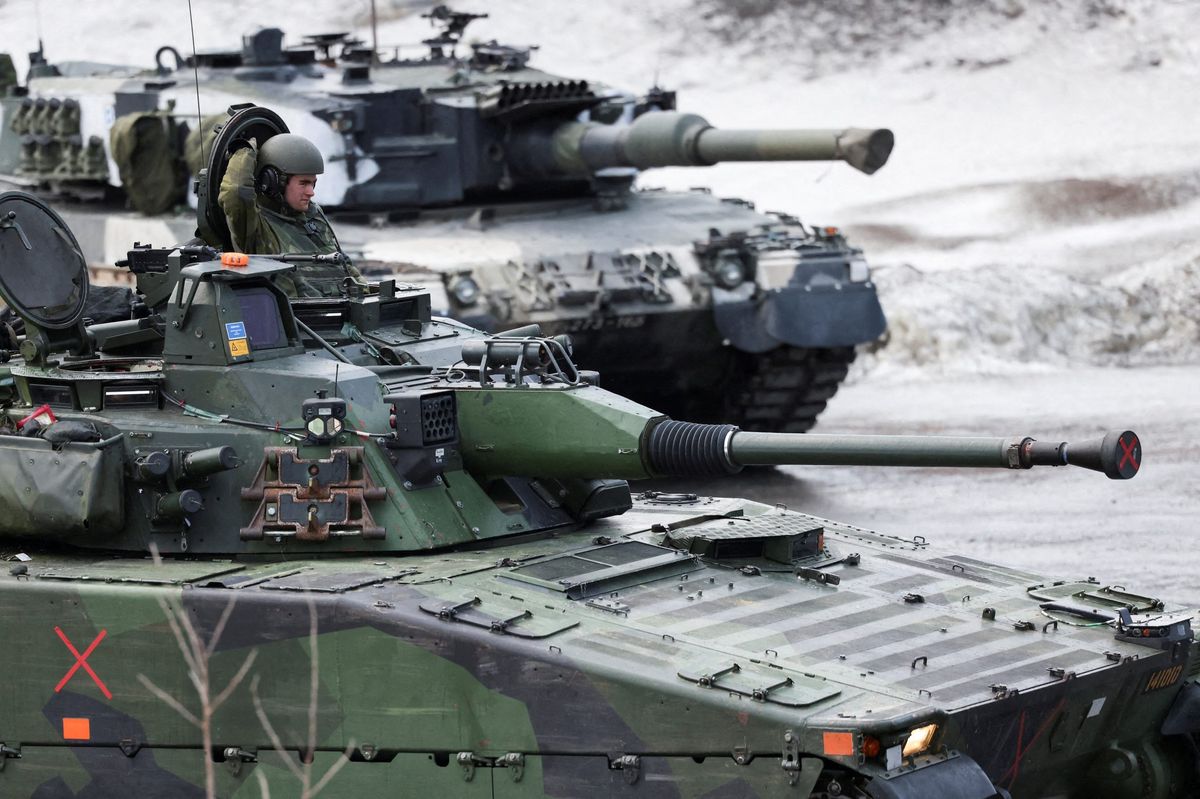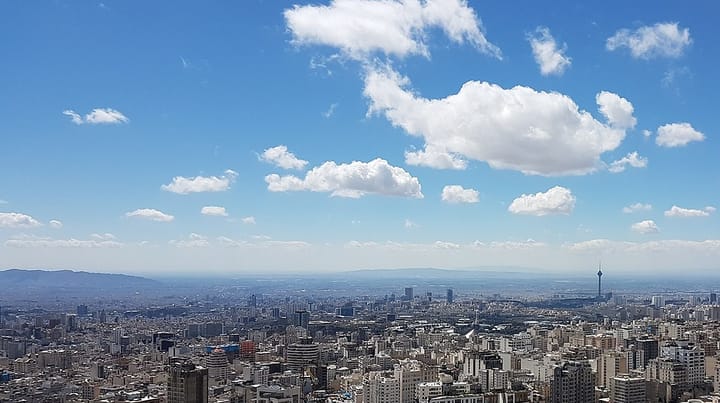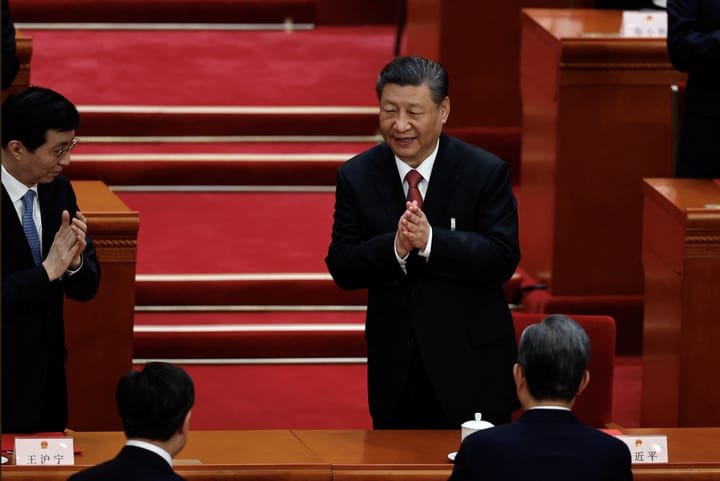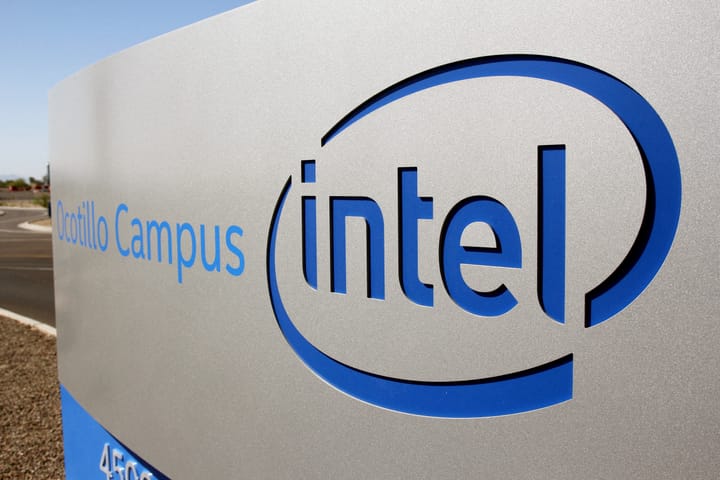Global military spending tops US$2 trillion and may rise further amid Ukraine-Russia war

A few minutes every morning is all you need.
Stay up to date on the world's Headlines and Human Stories. It's fun, it's factual, it's fluff-free.
For the first time ever, global military spending, according to Stockholm International Peace Research Institute (SIPRI) has topped US$2 trillion per year, or US$2,113 billion to be more specific. This is up 0.7% in real terms from the year before. Since 2015, this figure has been trending upward.
The head of the SIPRI military expenditure and arms production program said that this has been because of more spending in Europe after Russia’s annexation of Crimea in 2014 and Trump’s pressure on NATO allies to spend more on defense when he was president. And now, with the Ukraine-Russia war, this upward trend will only continue. But one thing that a lot of countries are now trying to balance is whether to quickly build up their military equipment by buying from arms manufacturers overseas or taking time to fund their own domestic military industries.
Key comments:
“Total global military expenditure increased by 0.7 per cent in real terms in 2021, to reach $2113 billion,” wrote the SIPRI in a statement. “The five largest spenders in 2021 were the United States, China, India, the United Kingdom and Russia, together accounting for 62 per cent of expenditure, according to new data on global military spending published today by the Stockholm International Peace Research Institute (SIPRI).”
“Europe was already on an increasing trend, and this trend will accelerate and intensify,” said Lucie Beraud-Sudreau, director of SIPRI’s military expenditure and arms production program. “Usually change happens slowly, until you are in a crisis and then change really happens. I think that’s where we are now.”







Comments ()